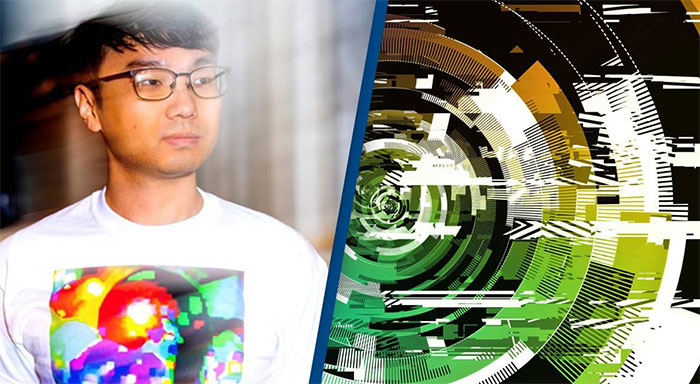Special pattern t-shirt 'invisible' to facial recognition technology
The new discovery of experts surprised many people when they studied an "invisible" shirt with facial recognition technology.
Facial recognition technology is tending to appear more and more in life. Using artificial intelligence, many places apply facial recognition technology to check security, personal devices use this technology to increase security.
Imagine that you own something that can help overcome this modern advanced identification technology. This may sound like a movie idea, but in fact, researchers at Northeastern University, MIT and IBM have created a special shirt with capabilities few would expect.

This shirt makes the wearer invisible to facial recognition technology.
It was a white T-shirt with a colorful pattern on the front. According to experts, the shirt makes the wearer invisible to facial recognition technology.
Researchers have successfully identified locations on the body that can confuse facial recognition systems with details as small as pasting a pixelated image.
From there, they created a special printed T-shirt. The person wearing the shirt is not completely invisible to surveillance cameras, but affects the accurate results of the facial recognition process.
The disadvantage of T-shirts is that they are prone to wrinkles and creases when the wearer moves, so the research team had to "headache" to find a way to deal with this problem.
Currently, the t-shirt is still under further review, with the researchers unsure how exactly it works in the real world. People won't be able to use the t-shirt in the real world, said Xue Lin, assistant professor of electrical and computer engineering at Northeastern University. "We still have a lot of trouble getting a complete t-shirt that works in the real world," says Xue Lin.
Besides, this is definitely not something that helps people avoid detection, evade modern security and surveillance technology. The ultimate aim of the research team is to find vulnerabilities so that companies creating software can fix, fix and improve further in the future.
This isn't the first time researchers have created objects to try and fool the artificial intelligence. In 2016, researchers from Carnegie Mellon and North Carolina Universities in Chapel Hill, USA created glasses that trick facial recognition technology.
- The robbers are captured by facial recognition technology
- Australia will drop the passport, switch to face recognition at the airport
- There is technology to accurately identify whether you are happy or sad
- Facial recognition system $ 1 billion
- China develops facial recognition technology for chickens
- Amazon said face recognition can identify fears
- Germany develops face recognition technology in the dark
- Privacy Visor - Glass face recognition
- Ukraine uses facial recognition technology to detect Russian soldiers and the identity of the dead
- Smart mirror only smiles to show face
- VinAI develops Face Detection Technology when wearing a mask
- The universal face can 'crack' many identification systems
 'Barefoot engineer' invents a pipeless pump
'Barefoot engineer' invents a pipeless pump Process of handling dead pigs due to disease
Process of handling dead pigs due to disease Radiometer
Radiometer Warp Engine: Technology brings us closer to the speed of light
Warp Engine: Technology brings us closer to the speed of light